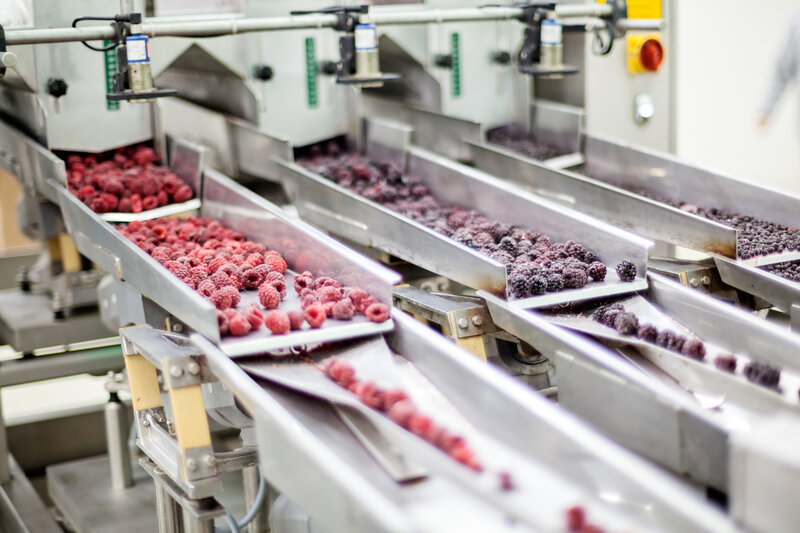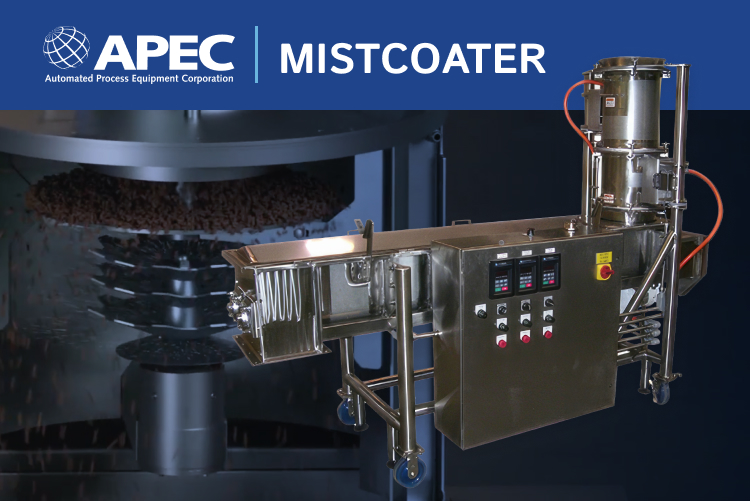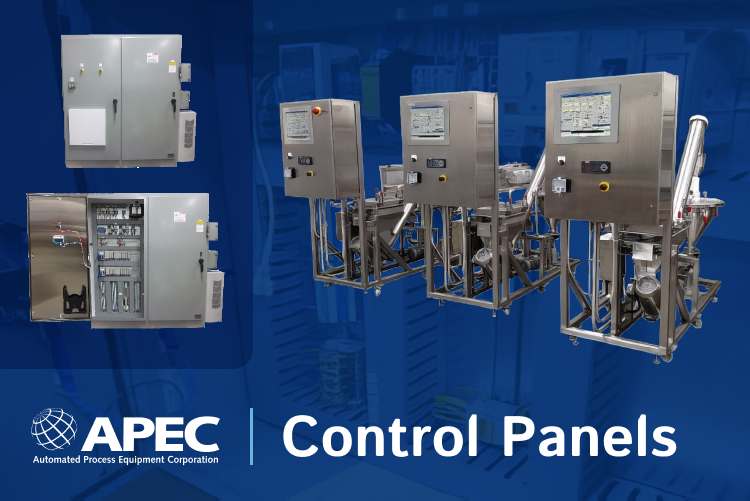
Every year, the food processing industry faces several new cost-related barriers that can directly impact your business’s profit margins if not accounted for. Costly mistakes, like preventable downtime and waste, can severely impact your business. Even reducing your production costs by less than a cent can have large results that boost your ROI.
In this blog post, we discuss four ways to cut production costs and help improve your food processing industry profit margin while still providing quality products.
1. Reduce waste
One of the biggest and most costly problems most manufacturers in the food processing industry face is excess waste. While eliminating waste seems impossible, it can most certainly be done or reduced significantly by establishing a more proactive approach to measuring ingredients and materials.
If your production relies on manual labor, it’s important to ensure all employees have accurate measuring materials that make it harder to over scoop or input liquids. On the other hand, utilizing an automatic processing system, like the ones developed at APEC, gives you precise control of the proportion of your recipe ingredients.
2. Stay on top of market and consumer trends
Fads aren’t just applicable for industries like fashion or cosmetics. They affect a multitude of industries, including food. The needs and expectations of consumers and the market are continually changing every few years. So it’s essential to stay on top of trends in order to get ahead.
Without doing so, your company may get left behind as consumers choose other brands that align with their lifestyle choices.
3. Eliminate unnecessary equipment or tools
Another way to improve your food processing industry profit margin is to eliminate unnecessary equipment or tools.
The cost of equipment quickly adds up and can be hard to make up if your existing processes aren’t seamless. Evaluating the performance of your current equipment and tools is essential to determining if they’re slowing your production down or up to par with industry standards.
Once you understand what equipment and tools are absolutely necessary to keep your production moving efficiently and consistently, you’ll be able to scale back or get rid of ones that aren’t positively impacting your production — helping to save costs in the long run.
4. Prevent Downtime
Machine malfunctions, stopping to clean working areas and switching out workers during shifts all lead to costly downtime. Some delays can be so detrimental that they can’t be made up. An entire day’s worth of work can be ruined if a machine is off for too long — and can cost your company thousands of dollars.
Switching to an automated food processing system, made specifically for different facets of the food industry, can help remove unwanted downtime. Automated processing can prevent stopping for cleaning, avoid unpreventable maintenance issues and more.
Switch to an automated food processing system today
Considering switching to automated processing for your business? Interested in improving your food processing industry profits?
Contact APEC today to see why businesses all over the globe choose us for their ingredient automation equipment for innovative solutions that lead to outstanding results.







